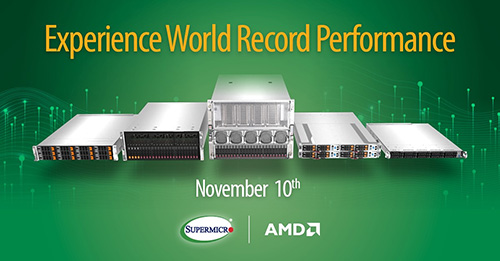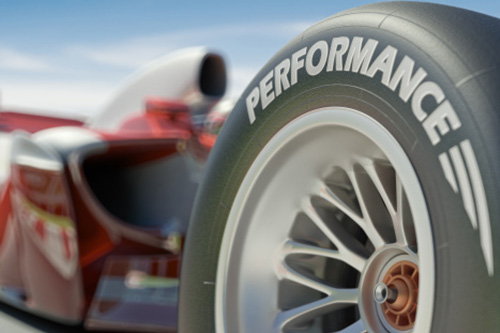Technical Computing Articles
AMD’s Infinity Guard Selected by Google Cloud for Confidential Computing
- November 13, 2022
- Author: David Strom
Google Cloud has been working over the past several years with AMD on developing new on-chip security protocols. More on the release of the AMD EPYC™ 9004 series processors in this part three of a four-part series..
AMD Announces Fourth-Generation EPYC™ CPUs with the 9004 Series Processors
- November 11, 2022
- Author: David Strom
AMD announces its fourth-generation EPYC™ CPUs. The new EPYC 9004 Series processors demonstrate advances in hybrid, multi-die architecture by decoupling core and I/O processes. Part 1 of 4.
Enter Your Animation in Pixar’s RenderMan NASA Space Images Art Challenge
- November 1, 2022
- Author: David Strom
For the first time, challengers can run their designs using thousands of AMD EPYC™ core CPUs, enabling artists to develop the most complex animations and the most amazing visualizations. “The contestants have access to this professional-grade render farm just like the pros. It levels the playing field,” said James Knight, the director of entertainment for AMD. “You can make scenes that weren’t possible before on your own PC,” he said.
Register to Watch Supermicro's Sweeping A+ Launch Event on Nov. 10
- October 28, 2022
- Author:
Join Supermicro online Nov. 10th to watch the unveiling of the company’s new A+ systems -- featuring next-generation AMD EPYC™ processors. They can't tell us any more right now. But you can register for a link to the event by scrolling down and signing-up on this page.
Understanding the Rising Significance of FPGAs and GPUs in a CPU World
- October 25, 2022
- Author: David Strom
CPUs are getting help for applications that make higher demands of their services. Complementary processors, such as GPUs and FPGAs make a big difference on some workloads. Find out why.
The Perfect Combination: The Weka Next-Gen File System, Supermicro A+ Servers and AMD EPYC™ CPUs
- October 20, 2022
- Author: David Strom
Weka’s file system, WekaFS, unifies your entire data lake into a shared global namespace where you can more easily access and manage trillions of files stored in multiple locations from one directory.
Mercedes-AMG F1 Racing Team Gains an Edge with AMD’s EPYC™ Processors
- October 18, 2022
- Author: David Strom
In F1, fast cars and fast computers go hand in hand. Computational performance became more important when F1 IT authorities added rules that dictate how much computing and wind tunnel time each team can use. Mercedes was the top finisher in 2021 giving it the biggest compute/wind tunnel handicap. So, when it selected a new computer system, it opted for AMD EPYC™ processors, gaining 20% performance improvement to get more modeling done in less time.
Eliovp Increases Blockchain-Based App Performance with Supermicro Servers
- October 13, 2022
- Author: David Strom
Eliovp, which brings together computing and storage solutions for blockchain workloads, rewrote its code to take full advantage of AMD’s Instinct™ MI100 and MI250 GPUs. As a result, Eliovp’s blockchain calculations run up to 35% faster than what it saw on previous generations of its servers.
Microsoft Azure’s More Capable Compute Instances Take Advantage of the Latest AMD EPYC™ Processors
- October 11, 2022
- Author: David Strom
Azure HBv3 series virtual machines (VMs) are optimized for HPC applications, such as fluid dynamics, explicit and implicit finite element analysis, weather modeling, seismic processing, and various simulation tasks. HBv3 VMs feature up to 120 Third-Generation AMD EPYC™ 7v73X-series CPU cores with more than 450 GB of RAM.
- ‹ previous
- 4 of 6
- next ›












